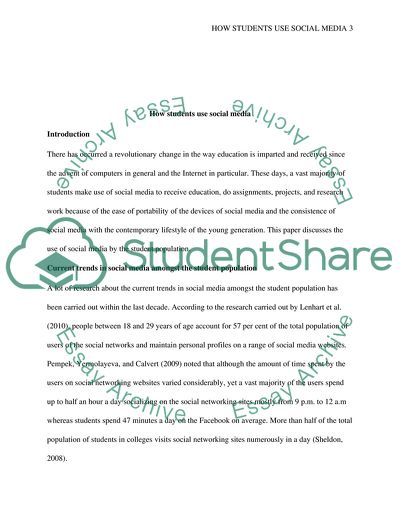Cite this document
(How Students Use Social Media Essay Example | Topics and Well Written Essays - 1500 words - 1, n.d.)
How Students Use Social Media Essay Example | Topics and Well Written Essays - 1500 words - 1. Retrieved from https://studentshare.org/information-technology/1791448-how-students-use-social-media
How Students Use Social Media Essay Example | Topics and Well Written Essays - 1500 words - 1. Retrieved from https://studentshare.org/information-technology/1791448-how-students-use-social-media
(How Students Use Social Media Essay Example | Topics and Well Written Essays - 1500 Words - 1)
How Students Use Social Media Essay Example | Topics and Well Written Essays - 1500 Words - 1. https://studentshare.org/information-technology/1791448-how-students-use-social-media.
How Students Use Social Media Essay Example | Topics and Well Written Essays - 1500 Words - 1. https://studentshare.org/information-technology/1791448-how-students-use-social-media.
“How Students Use Social Media Essay Example | Topics and Well Written Essays - 1500 Words - 1”. https://studentshare.org/information-technology/1791448-how-students-use-social-media.


